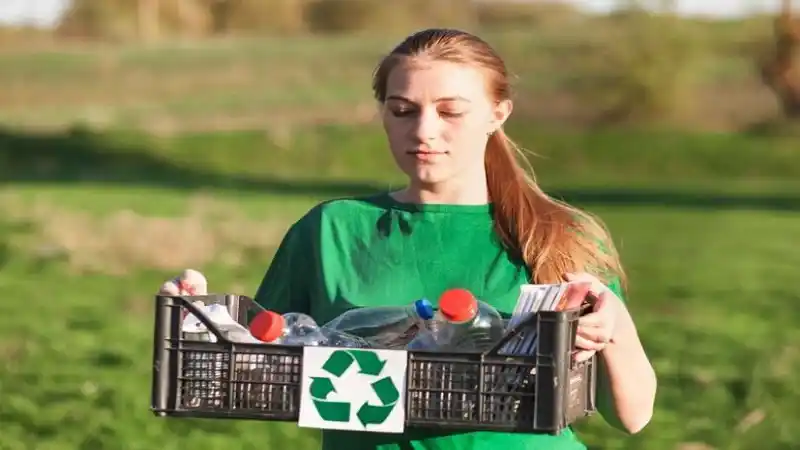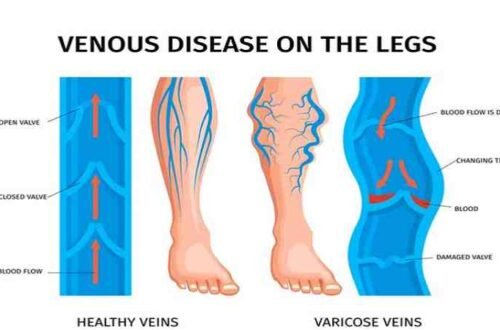Plastic containers are everywhere. From the aviation industry to our daily lives, they’re essential—but they also pose significant environmental challenges. For aviation enthusiasts, environmental activists, and eco-conscious consumers, finding sustainable approaches to plastic container production is crucial. This blog explores innovative solutions that minimize environmental impact without compromising functionality or safety.
Understanding the Environmental Impact of Plastic Containers
Plastic containers, particularly those used in packaging, have long been criticized for their environmental footprint. The main issue lies in the material’s durability—it can take centuries to decompose. This longevity contributes to pollution, particularly in oceans, where plastic accumulates and harms marine life. For eco-conscious consumers, the need for change is evident.
While recycling efforts have improved, a significant portion of plastic waste still ends up in landfills. This scenario underscores the urgent need for sustainable alternatives in plastic production. Addressing these concerns requires a multifaceted approach like waste management that includes innovation in materials and manufacturing processes.
The Rise of Eco-friendly Materials in Packaging
To combat the plastic crisis, many manufacturers are turning to biodegradable materials. These materials break down more quickly than traditional plastics, reducing their environmental impact. Options like polylactic acid (PLA) derived from corn starch are gaining traction. PLA is not only biodegradable but also has comparable properties to conventional plastics, making it a viable alternative.
Another promising material is polyhydroxyalkanoate (PHA), which is produced by microorganisms. PHA offers similar benefits to PLA but can degrade even more efficiently, especially in marine environments. These innovations are crucial for creating sustainable packaging solutions that meet environmental and industry standards.
Innovative Manufacturing Processes in Plastic Production
Advancements in manufacturing processes, such as injection molded plastics, are revolutionizing plastic production. This method reduces waste by using precision to mold products with minimal excess material, which is a part of active waste treatment. Additionally, it allows for the incorporation of recycled plastics, further minimizing the environmental footprint.
Using renewable energy sources in manufacturing can significantly reduce carbon emissions. Solar and wind energy are increasingly being integrated into production facilities, showcasing a commitment to sustainability. These eco-friendly practices are not only beneficial for the environment but also offer cost savings in the long term.
The Role of Aviation Industry in Sustainable Packaging
The aviation industry, a significant consumer of plastic packaging, is uniquely positioned to drive change. Airlines are increasingly adopting sustainable practices, such as reducing single-use plastics on flights. By opting for biodegradable alternatives and encouraging recycling, the industry sets a precedent for others to follow.
Sustainable packaging in aviation also involves optimizing cargo space and weight. Lightweight materials contribute to fuel efficiency, reducing overall emissions. This dual benefit highlights the potential of sustainable practices to enhance both environmental and operational outcomes.
Consumer Demand for Sustainable Packaging Solutions
Today’s consumers are more informed and environmentally conscious than ever before. They demand transparency and accountability from brands regarding their environmental impact. This shift in consumer behavior is driving companies to adopt sustainable packaging solutions.
Eco-conscious consumers are willing to pay a premium for products with minimal environmental impact. This willingness underscores the importance of aligning business practices with sustainability goals. For companies, this means not only adopting eco-friendly materials but also communicating their environmental initiatives effectively.
Challenges in Transitioning to Sustainable Packaging
While the benefits of sustainable packaging are clear, transitioning from traditional materials presents challenges. Cost remains a significant barrier, as eco-friendly materials and manufacturing processes can be more expensive initially. However, as demand increases and technology advances, these costs are expected to decrease.
Supply chain logistics also pose challenges. Sourcing sustainable materials and ensuring their availability can be complex. Companies must collaborate with suppliers and stakeholders to overcome these hurdles and achieve their sustainability objectives.
The Future of Sustainable Plastic Production
The future of plastic production lies in innovation and collaboration. Continued research and development are essential for discovering new materials and processes with lower environmental impact. Public and private sectors must work together to create policies and incentives that support sustainable practices.
Education plays a critical role in promoting sustainable packaging. Raising awareness among consumers and businesses about the benefits and importance of eco-friendly solutions can drive positive change. By fostering a culture of sustainability, we can collectively work towards a greener and more sustainable future.
Sustainable approaches to plastic container production are not just a trend—they are a necessity for a healthier planet. By adopting eco-friendly materials and innovative manufacturing processes, industries can significantly reduce their environmental impact. For aviation enthusiasts, environmental activists, and eco-conscious consumers, supporting and advocating for these changes is vital.
Together, we can make a difference by choosing sustainable products and encouraging others to do the same. Whether you’re a business leader or an individual consumer, your actions matter. Let’s commit to a future where plastic containers support both functionality and sustainability.





